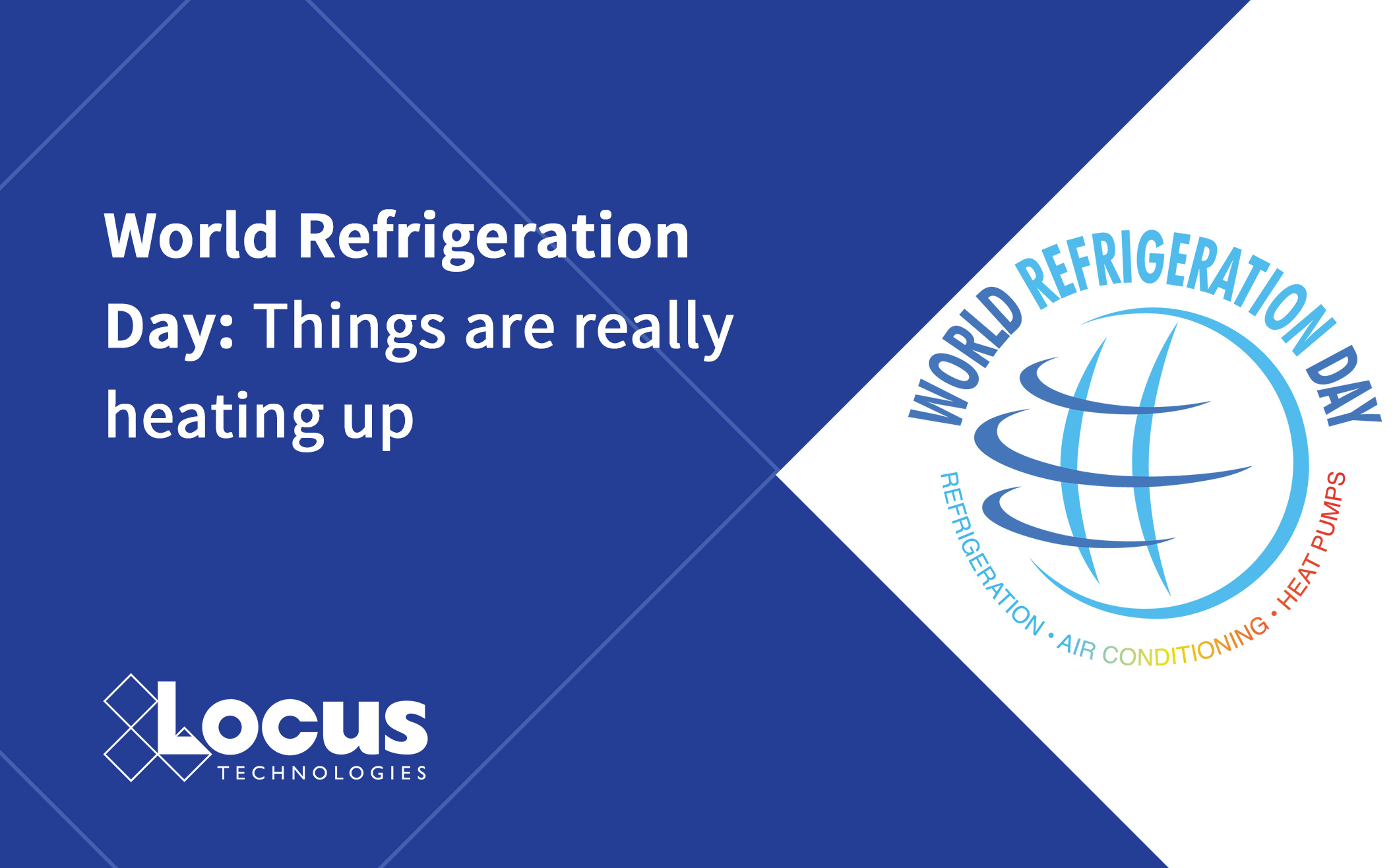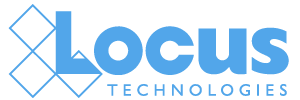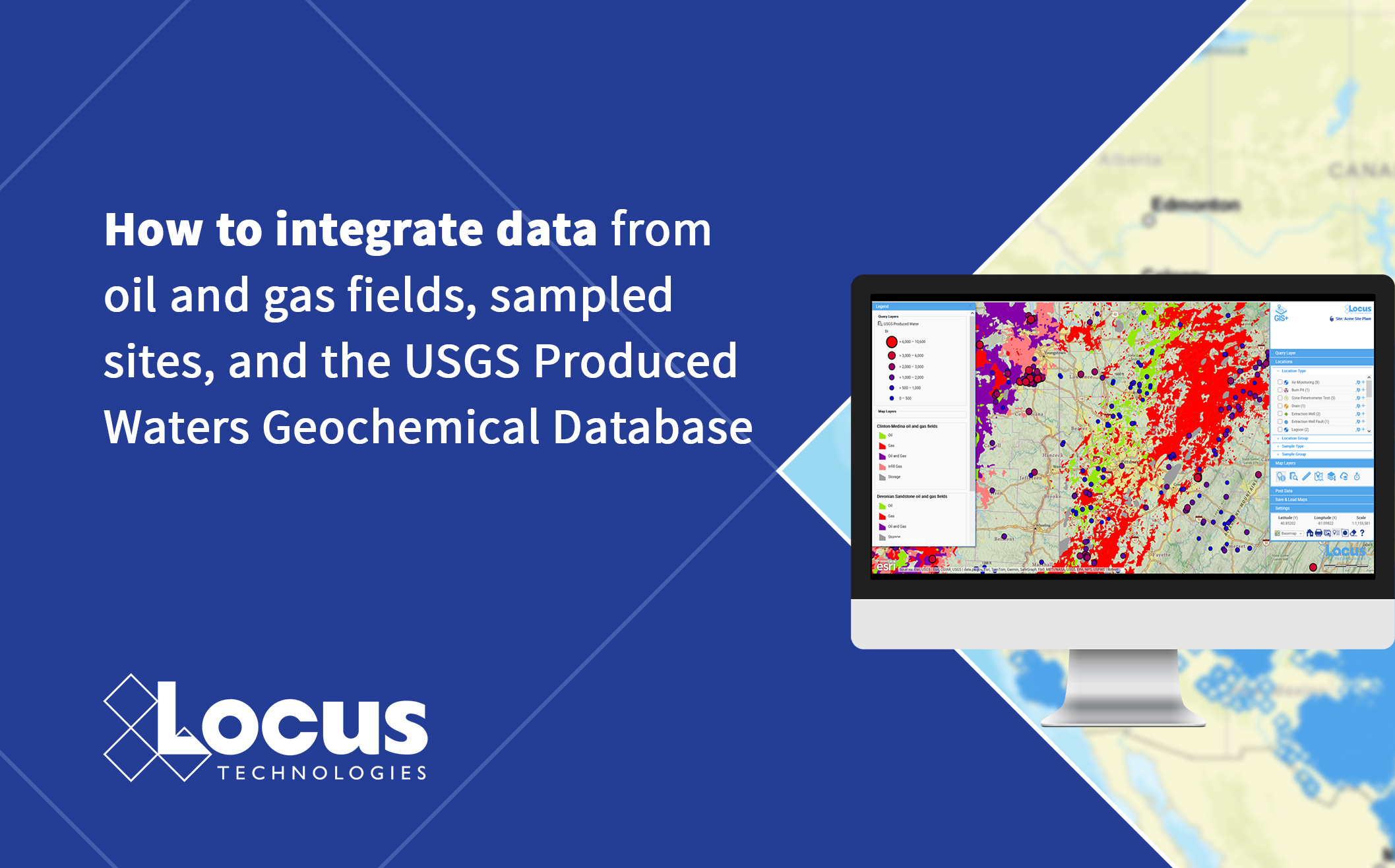
As I bask in the 109-degree heat on my Phoenix patio, I reflect – literally in infrared! – on the upcoming World Refrigeration Day and how far we’ve come in the ways that we keep things cold: from cellars with ice blocks sawed from lakes to the vapor-compression refrigeration of today.
The evolution of refrigerant management technology
As our cooling methods have evolved over the years, the impacts from each step-change also continually evolve. For example, did you know that the sulfur dioxide used in early refrigerators required placing a caged canary nearby in case of a leak? The birds were our early refrigerant leak detectors, just like in coal mines.
The need for a non-toxic, non-flammable refrigerant lead to the ozone-depleting refrigerants of our modern age, although that brought an unintended consequence: they also have a high Global Warming Potential (GWP). And as the temperatures rise, there’s naturally more demand for cooling, so the cycle accelerates. The pervasive use of high GWP refrigerant gases also prompted the need for technologies like Locus software to help organizations track their use of refrigerant gases, manage their inventories and phasedowns, and demonstrate compliance with leak monitoring rules. So, on this World Refrigerant Day, organizations can carefully track the use of ozone-depleting and high GWP refrigerants to minimize their negative impacts. But there are other advancements to celebrate as well.
The next frontier in cooling technologies
Necessity is the mother of invention, and as I sit here in the sweltering early June heat, we all sit on the precipice of new breakthroughs that will hopefully cool things down.
The realization of the safety concerns and environmental impacts of traditional refrigerants have thankfully spurred a new generation of technical innovations.
I recently attended an eye-opening webinar hosted by REEF (Refrigerant Emissions Elimination Forum) on next-generation HVAC technologies. “Beyond Vapor: The Future of Solid-State Cooling”1 provided a fascinating dive into the world of solid-state cooling solutions and a few startup companies that are developing products that will keep things cold without harming us or our world.
The biggest advantage of solid refrigerants is that they don’t leak. They don’t do a phase-change from a liquid to a vapor, like the systems we have now. No leaks means no emissions, no global warming potential, no flammability, and no technician or occupant safety concerns. Other advantages include better energy efficiency, recyclability, and non-toxicity. The disadvantages are the usual suspects for any new technology: commercialization, production, scalability, and cost. But those obstacles can be overcome with expanded development by other companies with similar solutions. The market is there. The world is hungry for cooling technologies, especially ones that are safe and efficient, and Locus software remains poised to track the impacts – no matter which cooling methods our clients use.
Cheers to World Refrigeration Day and to the efforts of those making it better.
Locus is the only self-funded water, air, soil, biological, energy, and waste EHS and ESG reporting software company that is still owned and managed by its founder. The brightest minds in environmental science, embodied carbon, CO2 emissions, refrigerants, and PFAS hang their hats at Locus, and they’ve helped us to become a market leader in compliance and ESG reporting software. Every client-facing employee at Locus has an advanced degree in science or professional EHS experience, and they incubate new ideas every day – such as how machine learning, AI, blockchain, and the Internet of Things will up the ante for EHS, ESG reporting software, and sustainability.



